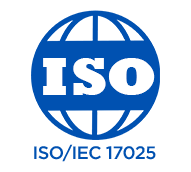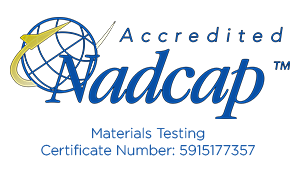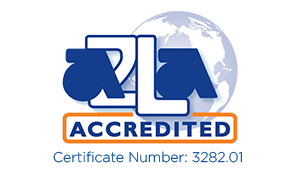Fabric and Film Testing
A fabric is a consolidation of fibers, both natural and manmade, in to a membrane. It can be both woven and non-woven. Cloths are typical examples of woven fabric. It will have generally both straight and cross fibers. Several different types of weaving patterns are used to get high density in terms of fiber counts. They may have coatings in addition to make them impervious. Cloths may be homogeneous depending on the type of fibers used in the construction. In contrast, materials like paper, felt, etc., are non-woven membranes, which contain randomly oriented fibers bound by fillers and binders. Films on the other hand are homogenous membranes. Simple examples are plastic films, metal foils, etc. Mechanical, physical, and chemical properties of both structural and nonstructural fabrics are important for application development. Typical structural properties of fabrics and films include tensile strength, tear strength, burst strength, abrasion resistance, etc. Physical properties include mainly air permeability, moisture and water vapor transmission, thermal conductivity, light transmission, static electricity, adhesion, etc. Chemical properties include chemical resistance, moisture resistance, etc. Other utility properties include radiation resistance like resistance to energetic and sub atomic matter radiations like that can be encountered at high altitude.
Capability – At TTL, we have capability and experience to test structural and nonstructural fabrics. Following tests are available. Additional tests can be developed based on customer needs.
- Mechanical properties (Tensile tests, Tear tests, Puncture resistance test, Abrasion test)
- Physical properties (Air permeability, water vapor transmission, thermal, and electrical conductivity)
- Chemical properties (Chemical resistance, Moisture resistance)
Some relevant standards:
- ASTM D4850 – Standard Terminology Relating to Fabrics and Fabric Test Methods
- ASTM D5034 – Standard Test Method for Breaking Strength and Elongation of Textile Fabrics (Grab Test)
- AST D737 – Standard Test Method for Air Permeability of Textile Fabrics
- ASTM D1424 – Standard Test Method for Tearing Strength of Fabrics by Falling-Pendulum (Elmendorf-Type) Apparatus
- ASTM D1776 – Standard Practice for Conditioning and Testing Textiles
- ASTM D3181 – Standard Guide for Conducting Wear Tests on Textiles
- ASTM D3787 – Standard Test Method for Bursting Strength of Textiles—Constant-Rate-of-Traverse (CRT) Ball Burst Test
- ASTM D5035 – Standard Test Method for Breaking Force and Elongation of Textile Fabrics (Strip Method)
- ASTM E96 – Standard Test Methods for Water Vapor Transmission of Materials
- ASTM F2878 – Standard Test Method for Protective Clothing Material Resistance to Hypodermic Needle Puncture



Touchstone is committed to providing its customers with quality, reliable test results. That is why we have undertaken the rigorous steps needed to meet and secure the most stringent of test lab accreditations including ISO/IEC 17025, NADCAP 7101 (Materials Test Lab) and NADCAP 7122-I (Non-Metallics Materials Testing).
© 2024, Touchstone Testing Labs | Design by Wheelhouse Creative

